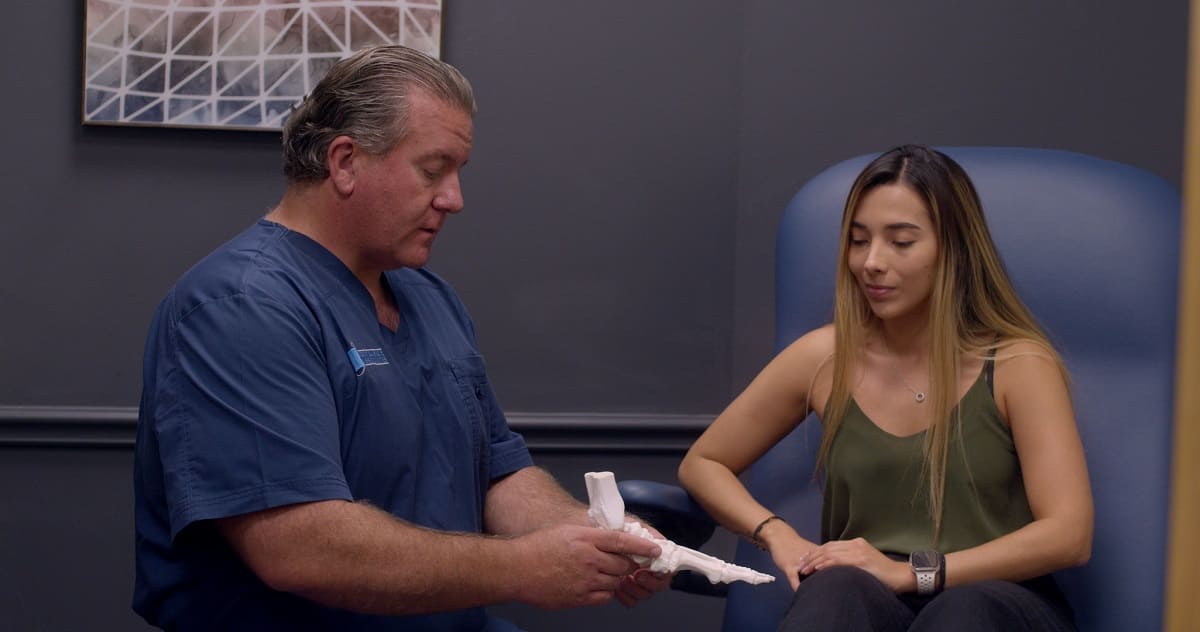About Us - Foot Specialists


About Vargas Foot Specialists
Vargas Foot Specialists is changing how you view your
foot health and safety. From ankle sprains to plantar fasciitis
and more, the team brings over 25 years of experience to
provide you with superior podiatry care in Sugar Land, Texas.
The foot health experts at Vargas Foot Specialists will swiftly diagnose and customize your treatment options.
Foot Specialists That Offer The Full Range Of Podiatry Services!
Vargas Foot Specialists had the latest state-of-the-art medical equipment, including digital X-rays, diagnostic ultrasounds, and fluoroscopy (live X-rays). They also use an electronic medical record system and a cloud-based answering service to increase patient access to their providers.
At Vargas Foot Specialists, patients can always expect compassionate care, and the providers promise to always do right by their patients. The team looks forward to seeing patients in both offices, so call to schedule an appointment or book a consultation online today.


Get to know your Podiatrist
At Vargas Foot Specialists, double board-certified podiatrist Marco Vargas, DPM, provides complete podiatry care to people of all ages in Sugar Land, Texas.


Client Testimonials
Service Area
Sugar Land Office
Hours of Operation
- Monday: 9:00 AM - 5:00 PM
- Tuesday: 7:30 AM - 4:00 PM
- Wednesday: 9:00 AM - 5:00 PM
- Thursday: 7:30 AM - 4:00 PM
- Friday: Closed
- Saturday: Closed
- Sunday: Closed













